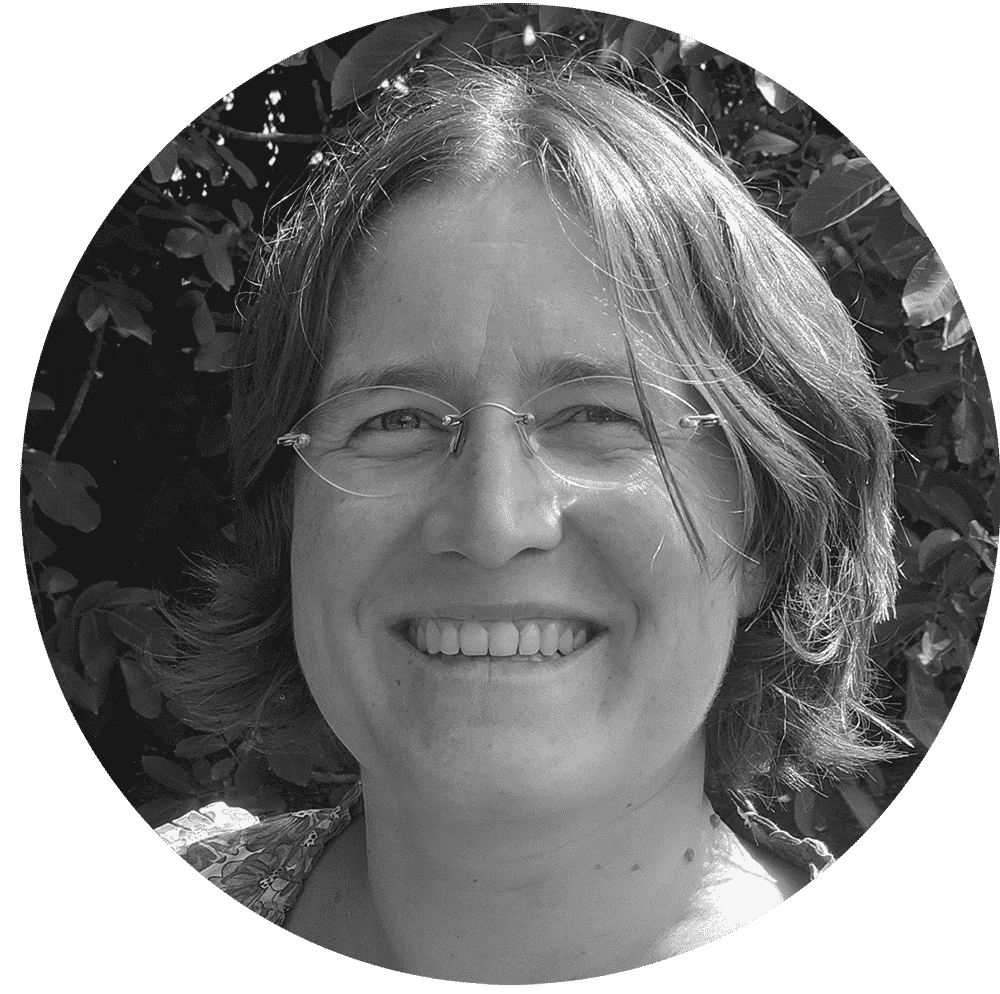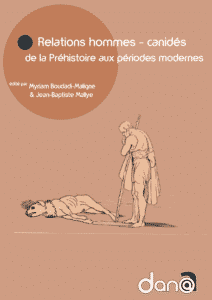UN@ est une plateforme d'édition de livres numériques pour les presses universitaires de Nouvelle-Aquitaine
Auteur : Allowen Evin

UMR 5554, ISEM
Université de Montpellier
2 place Eugène Bataillon, CC65
34095 Montpellier, cedex 5
Allowen.evin@umontpellier.fr
+33 (0)4 67 14 41 60
0000-0003-4515-1649
Université de Montpellier
2 place Eugène Bataillon, CC65
34095 Montpellier, cedex 5
Allowen.evin@umontpellier.fr
+33 (0)4 67 14 41 60
0000-0003-4515-1649
Allowen Evin est chargée de recherche au CNRS travaillant à l’Institut des Sciences de l’Evolution de Montpellier (ISEM, http://www.isem.univ-montp2.fr/fr/).
En tant que bioarchéologue je travaille à la croisée de la biologie évolutive et de l’archéologie. Après avoir soutenu un thèse au Muséum National d’Histoire Naturelle de Paris en 2009, et réalisé plusieurs post-doctorats essentiellement à l’université d’Aberdeen, Ecosse, j’ai rejoint en 2014 l’équipe Dynamique de la Biodiversité et anthropo-écologie à l’ISEM.
Je m’intéresse à la compréhension des patrons de variation morphologique, et les causes et processus à l’origine de cette variation. En particulier je m’intéresse à la compréhension de l’impact de l’homme sur la diversité des formes. Mes travaux récents portent principalement sur la reconstruction de l’histoire bioarchéologique du cochon domestique et du chien. Je m’intéresse aux développement méthodologiques et à l’utilisation de la morphométrie géométrique pour l’étude des restes archéologiques.
Bibliographie sélective :
- Ameen C et al. 2019, “Specialized sledge dogs accompanied Inuit dispersal across the North American”, Arctic. Proc. R. Soc. B Biol. Sci., 286. (doi:10.1098/rspb.2019.1929)
- Evin A, Owen J, Larson G, Debiais-Thibaud M, Cucchi T, Vidarsdottir US, Dobne, 2017, “A test for paedomorphism in domestic pig cranial morphology”, Biol. Lett., 13. (doi:10.1098/rsbl.2017.0321)
- Evin A, Dobney K, Schafberg R, Owen J, Vidarsdottir U, Larson G, Cucchi T., 2015, “Phenotype and animal domestication: A study of dental variation between domestic, wild, captive, hybrid and insular Sus scrofa”, BMC Evol. Biol., 15, 6. (doi:10.1186/s12862-014-0269-x)
- Evin A et al., 2015, “Unravelling the complexity of domestication: a case study using morphometrics and ancient DNA analyses of archaeological pigs from Romania”, Philos. Trans. R. Soc. B Biol. Sci., 370. (doi:10.1098/rstb.2013.0616)
- Evin A, Cucchi T, Escarguel G, Owen J, Larson G, Strand Vidarsdottir U, Dobney K., 2014, “Using traditional biometrical data to distinguish West Palearctic wild boar and domestic pigs in the archaeological record: New methods and standards”, J. Archaeol. Sci., 43. (doi:10.1016/j.jas.2013.11.033)
- Evin A, Cucchi T, Cardini A, Strand Vidarsdottir U, Larson G, Dobney K., 2013, “The long and winding road: identifying pig domestication through molar size and shape”, J. Archaeol. Sci., 40, 735-743. (doi:10.1016/j.jas.2012.08.005)

Although the dog was the first domesticated animal, humans often maintained strong economic and symbolic interactions with wild canids.

